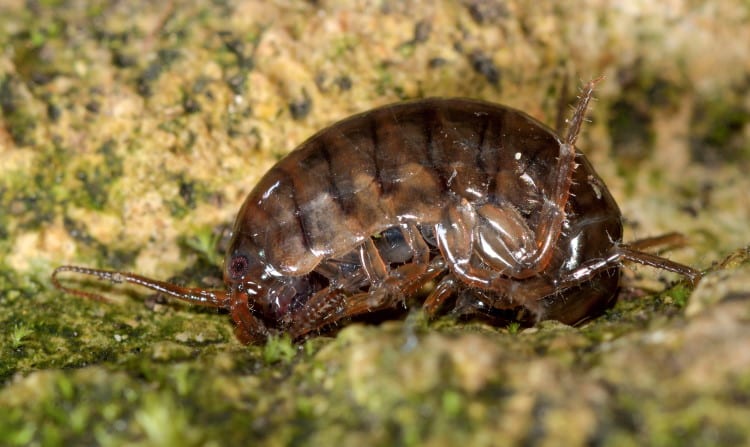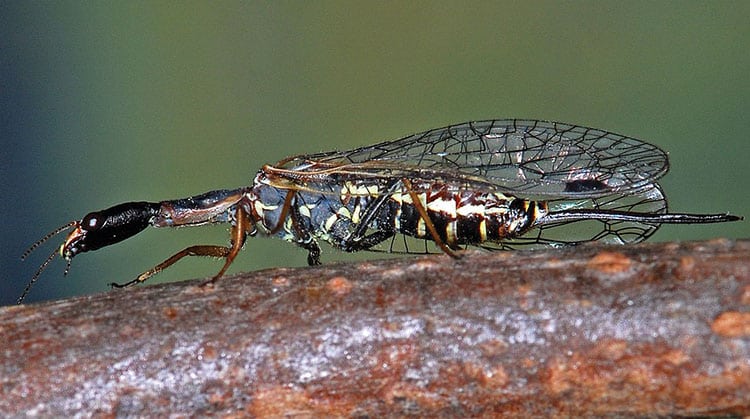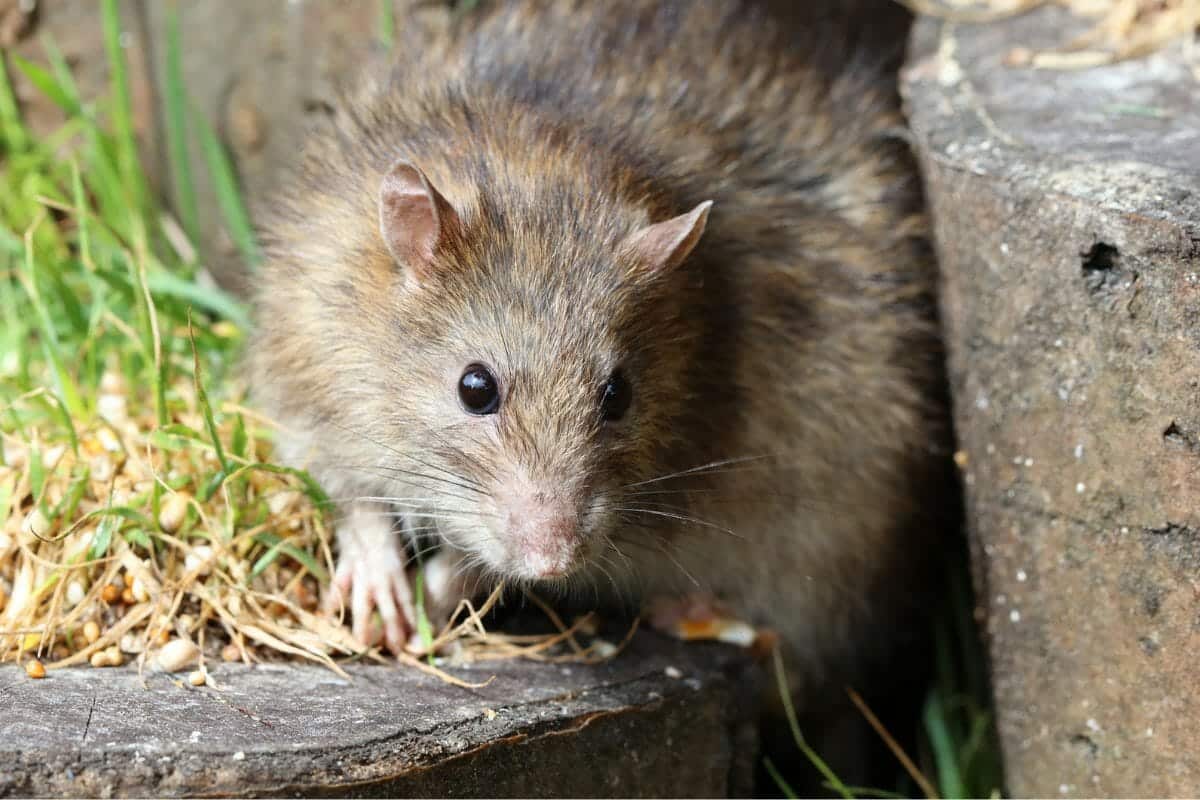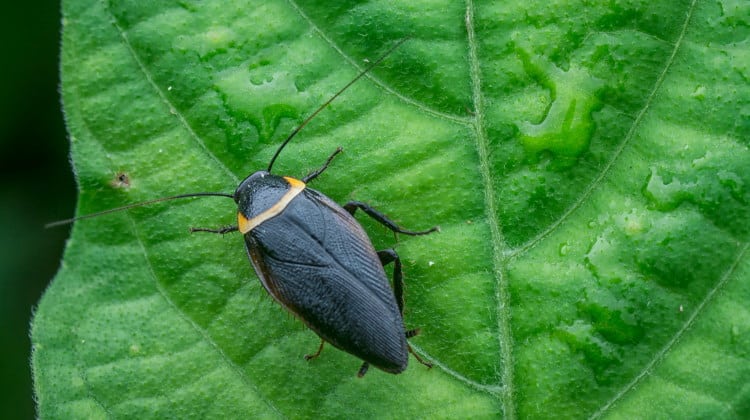Terrestrial Amphipods 101: The World Of The “Sand Hoppers”
The Amphipoda (Latrielle 1816) are an order of the subphylum Crustacea, phylum Arthropoda.
They can be found in the Class Malacostrata in most modern taxonomic schemes, even those in which the group Crustacea is treated as a phylum.
The word Amphipoda comes from two ancient Greek words: Amphi or Amphis mean ‘on both sides’ and Poda meaning ‘feet or legs’.
This refers to the fact that most Amphipods have both their thoracic and abdominal limbs in two different forms (grouped together by function), performing two different functions. For instance, one group for swimming and one group for jumping.
Amphipods in general are laterally compressed, meaning they are a bit flattened from side to side. In effect, they look a bit different to most other crustaceans, which are either dorso-ventrally compressed (flattened top to bottom), or simply cylindrical.
Most Amphipods are aquatic and will be dealt with in the section on Crustacea in the Invertebrates chapter. This small section is here because terrestrail amphipods are often confused with Insects.
Terrestrail Amphipods
Terrestrail Amphipods are found in the family Talitridae. Those that occur in gardens and forests are often called Land Hoppers or Lawn Shrimps.
Although aquatic amphipods are often white, terrestrial species are more often a pale beige or cream colour. However, like their relatives the prawns, they turn red when dead.
Although they live terrestrially, these amphipods are still heavily dependent on moisture and can only survive in damp places. In some parts of the world they are an important part of the leaflitter community. For instance there are 15 known species of Land Hoppers from Tasmania Australia.

In some cases terrestrial amphipods can become an invasive species. The Australasian species Arcitalitrus dorrieni is now a common invader in the damper habitats of much of the warmer parts of Europe.
During mating, the female extrudes her eggs into a brood pouch on the underside of her body as the male fertilises them. Mating can last for more than an hour or more and pairs are often to be found linked together ‘in copula’.
After mating the eggs are carried by the female, although they are not attached to her body as in many other Malacostra. They hatch in one to three weeks depending on species and temperature. The young undergo their full nymphal development within the egg (unlike most crustaceans). This is a habit that has assisted their adaption to terrestrial habitats; the young look like small versions of the adult and, in some species at least, take a year to reach maturity.
Sand Hopper And Land Hopper Examples
Land Hoppers
- Arcitalitrus dorrieni an Australasian species now in the UK and other parts of Europe.
- Mysticotalitrus tasmaniaeis a Land Hopper from Tasmania: Australia.
- Orchestiella neambulans is a Land Hopper from Tasmania and nearby Islands: Australia.
- Talitrus sylvaticus is a Lawn Shrimp from North America.
- Talitrus specificus is another Lawn Shrimp from North America.
- Talitroides allaudi is another Lawn Shrimp from North America.
Sand Hoppers
- Keratroides rex is a Sand Hopper from Tasmania: Australia.
- Orchestia agilis is the Common Sandhopper of the Atlantic coasts of America from Canada to Argentina.
- Spelaeorchestia koloana is a cave dwelling Sandhopper from Hawaii, its distribution is limited to 5 caves on the island of Kaua`i.
- Talitrus saltator is the Common European Sandhopper found coastaly from Norway to the Mediterranean.
- Talorchestia quoyana is the New Zealand Sandhopper.
- Tasmanorchestia annulatais another Sand Hopper from Tasmania: Australia.






I have started reading the book by Adam Nicholson” the sea is not made of water.”
It’s opened a new world to me.
I live in nsw on the coast. Are there sand hoppers to be found on NSW beaches?
Sorry Alan I am not an expert on Australian beaches, just a general zoologist, my personal research has all been in Europe, on Bird Migration and Insect biodiversity.